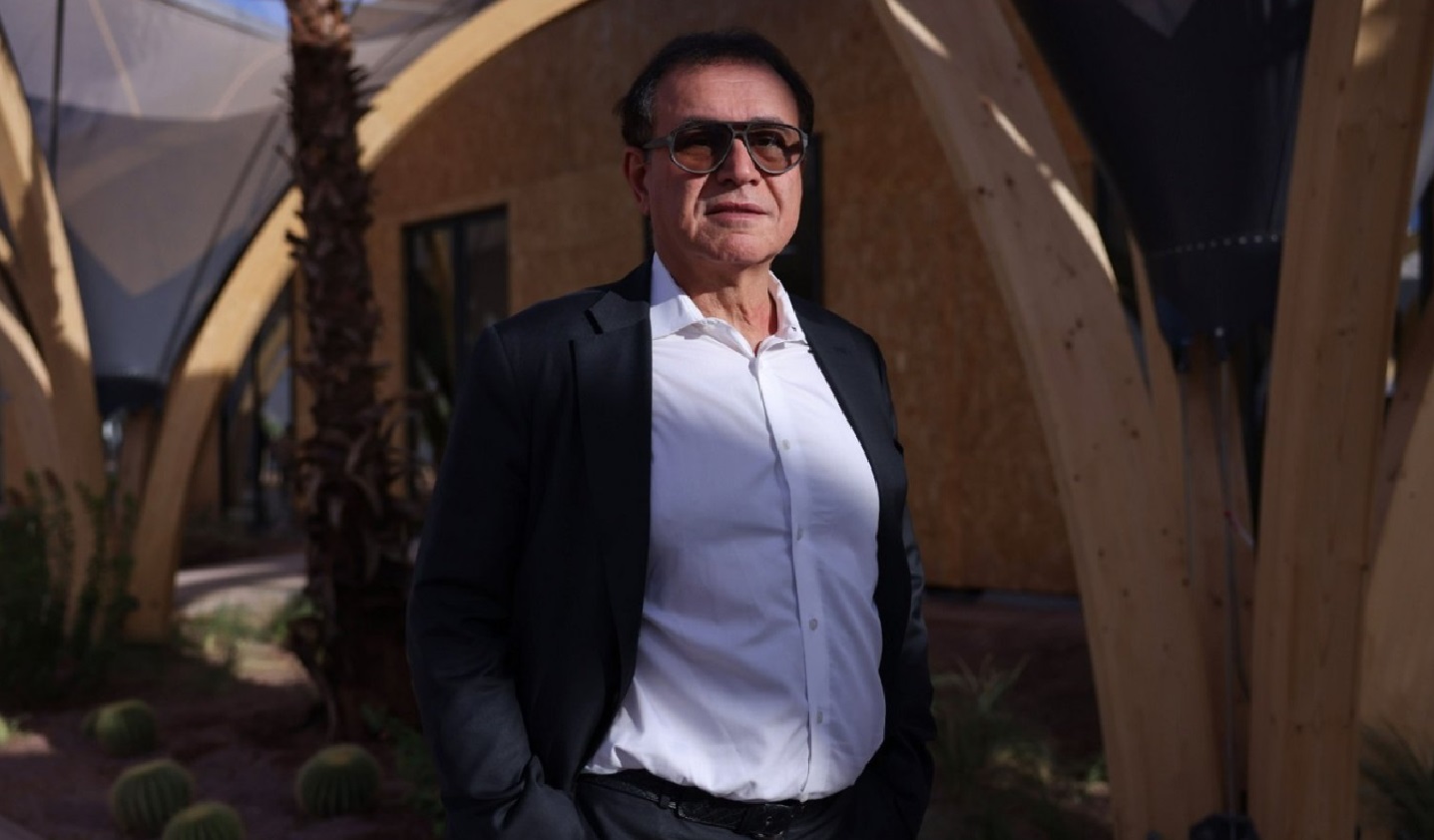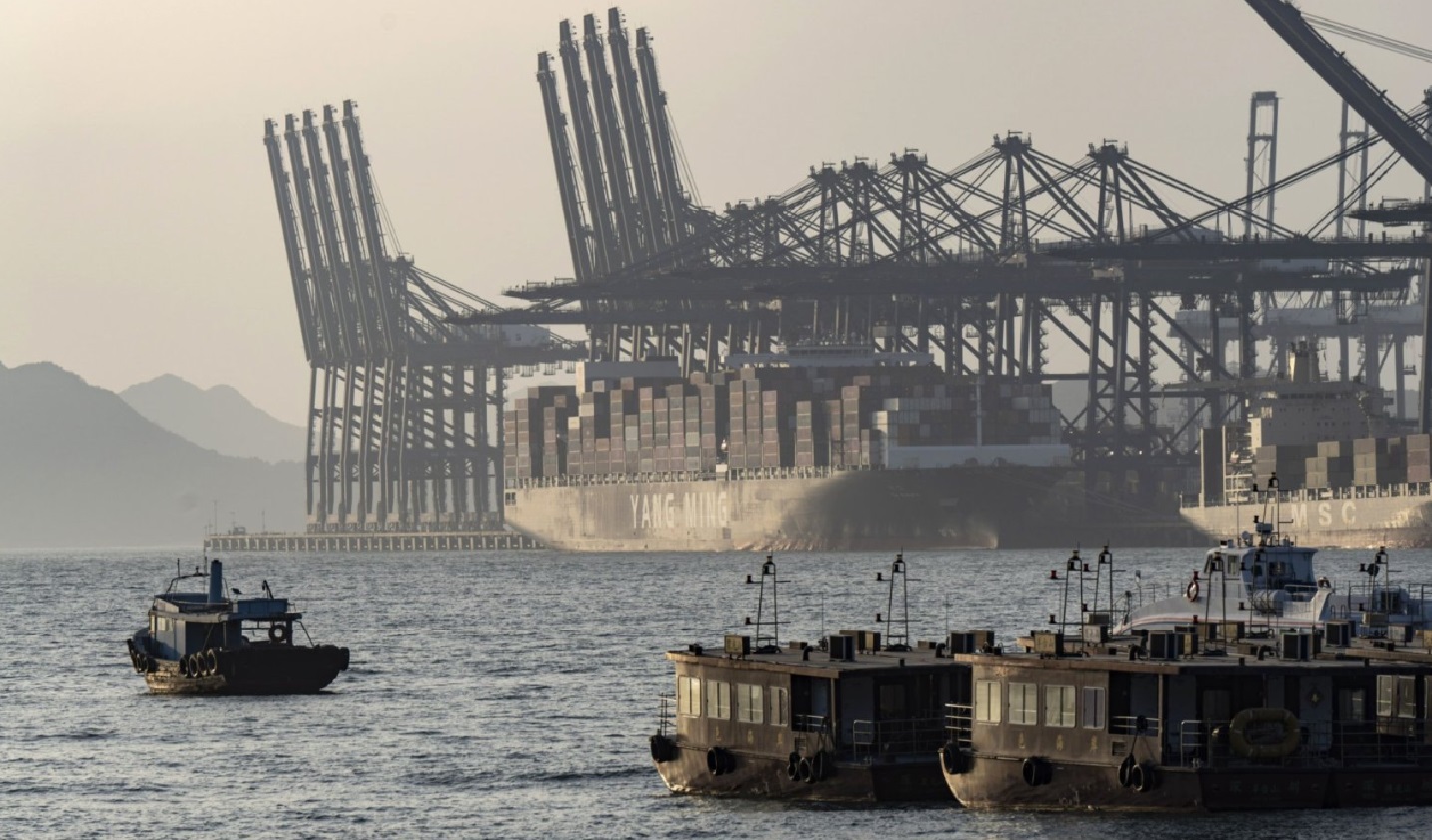Australia’s economy slowed in the final three months of last year and the per capita recession deepened as higher interest rates and rising living costs weighed on household spending.
The country’s gross domestic product (GDP) grew by 0.2% in the October-December period, slowing from an upwardly revised 0.3% in the previous quarter, Australian Bureau of Statistics data showed on Wednesday. Compared to a year earlier, the economy expanded by 1.5%, in line with forecasts.
The annual result was the weakest since the pandemic in the last quarter of 2000 and below the decade average of 2.4%. GDP per capita fell 0.3% in the fourth quarter from the third quarter and shrank 1% year-on-year, marking the deepest decline since 1991 excluding the period during Covid.
The delay is likely to increase pressure on the Reserve Bank of Australia to begin easing monetary policy this year after leaving rates unchanged at its last two meetings while not ruling out a further hike.
Data on Wednesday showed that government spending and private business investment were the main drivers of growth, outstripping household consumption.
Government spending rose 0.6% in the fourth quarter, adding 0.1 percentage point to GDP. Households remained cautious, with their savings share rising to 3.2% from an upwardly revised 1.9%, while their spending was little changed.
Government spending was driven by household benefits, with more spending on medical products and services.



